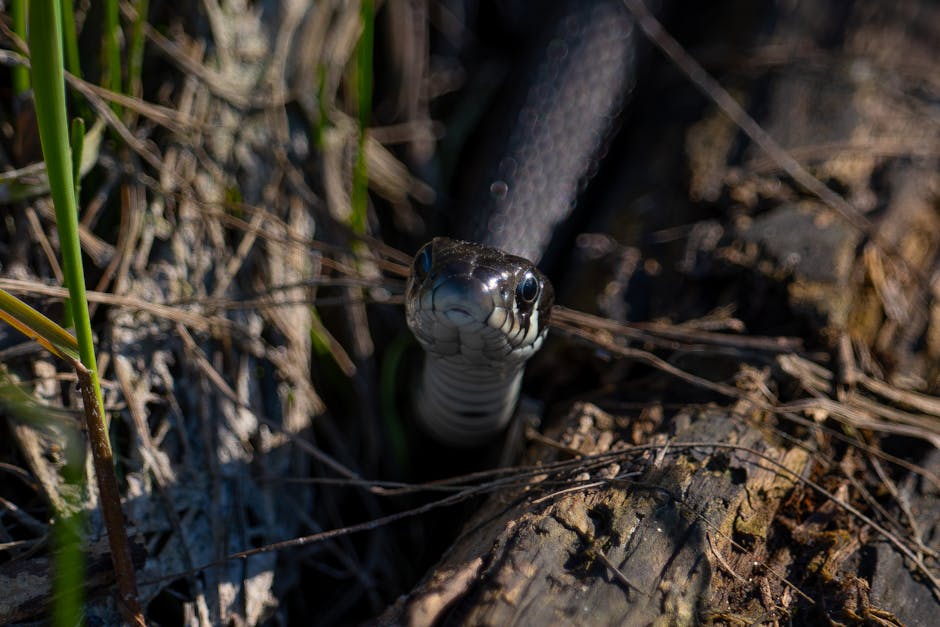Intrusive types are amongst the most substantial risks to the United States’ native wildlife, biodiversity, and vulnerable communities. Specified as non-native organisms that trigger ecological, financial, or health-related damage, intrusive types can consist of plants, animals, pests, birds, fish, and even illness.
Whether presented purposefully or unintentionally through worldwide trade, travel, or gardening, these types interfere with natural environments, lower native populations, change food cycle, and take on native types for restricted resources. Amongst these, intrusive snakes are especially worrying due to their predatory nature, fast recreation, and impressive versatility. Here, we check out 7 intrusive snakes in the United States, detailing their influence on regional communities, wildlife, human activity, and preservation efforts.
Fulfill the intrusive snakes altering America’s wildlife balance
Burmese Python
The Burmese python(Python bivittatus )is a nonvenomous constrictor belonging to Southeast Asia. These snakes can grow in between 10 to 16 feet long and weigh 100 to 200 pounds. Presented to Florida through the animal trade, Burmese pythons have actually developed populations in the Everglades.Defined by brown streaks detailed in black along their backs, these pythons take advantage of raccoons, opossums, bobcats, foxes, birds, amphibians, and other reptiles.
While they are ruled out a direct hazard to people in Florida, they exceptionally effect regional communities by taking on native predators and lowering populations of little and medium-sized animals.Central African Rock Python
